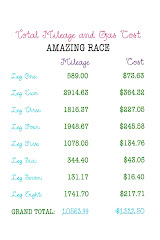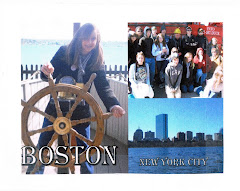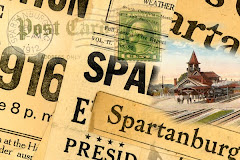 On the literary map, travel from from Plymouth to Boston, Massachusetts.
On the literary map, travel from from Plymouth to Boston, Massachusetts.Calculate:
# _____________ Miles to Boston, Massachusetts
$ _____________ Cost for Gasoline to Boston, Massachusetts
Visit Mrs. Steller's Phillis Wheatley Gallery.
Visit Phillis Wheatley at www.Poets.org and fill-in-the-blanks.
"Phillis Wheatley was the first black poet in America to _________________________. She was born around 1753 in____and brought to New England in 1761, where John Wheatley of Boston purchased her as _______________. Although they brought her into the household as a slave, the Wheatleys took a great interest in Phillis's education. Many biographers have pointed to her precocity; Wheatley learned to read and write English by the age of _____________, and she became familiar with Latin, Greek, the Bible, and selected classics at an early age. She began writing poetry at ____________, modeling her work on the English poets of the time, particularly John Milton, Thomas Gray, and Alexander Pope. Her poem ___________________________was published as a broadside in cities such as Boston, New York, and Philadelphia and garnered Wheatley national acclaim. This poem was also printed in London. Over the next few years, she would print a number of broadsides elegizing prominent English and colonial leaders."
"Wheatley's doctor suggested that a sea voyage might improve her delicate health, so in 1771 she accompanied Nathaniel Wheatley on a trip to London. She was well received in London and wrote to a friend of the 'unexpected and unmerited civility and complaisance with which I was treated by all.' In 1773, thirty-nine of her poems were published in London as ____________________________. The book includes many elegies as well as poems on Christian themes; it also includes poems dealing with race, such as the often-anthologized 'On Being Brought from Africa to America. She returned to America in 1773."
After Mr. and Mrs. Wheatley died, Phillis was left to support herself as a ___________ and __________. It is unclear precisely when Wheatley was freed from slavery, although scholars suggest it occurred between 1774 and 1778. In 1776, Wheatley wrote a letter and poem in support of ___________________; he replied with an invitation to visit him in Cambridge, stating that he would be 'happy to see a person so favored by the muses.' In 1778, she married John Peters, who kept a grocery store. They had three children together, all of whom died young. Because of the war and the poor economy, Wheatley experienced difficulty publishing her poems. She solicited subscribers for a new volume that would include thirty-three new poems and thirteen letters, but _____________________. Phillis Wheatley, who had once been internationally celebrated, _______________________in 1784. She was thirty-one years old. Many of the poems for her proposed second volume disappeared and have never been recovered. "
Read "On Being Brought from Africa to America." Now write the poem in your own words.



















